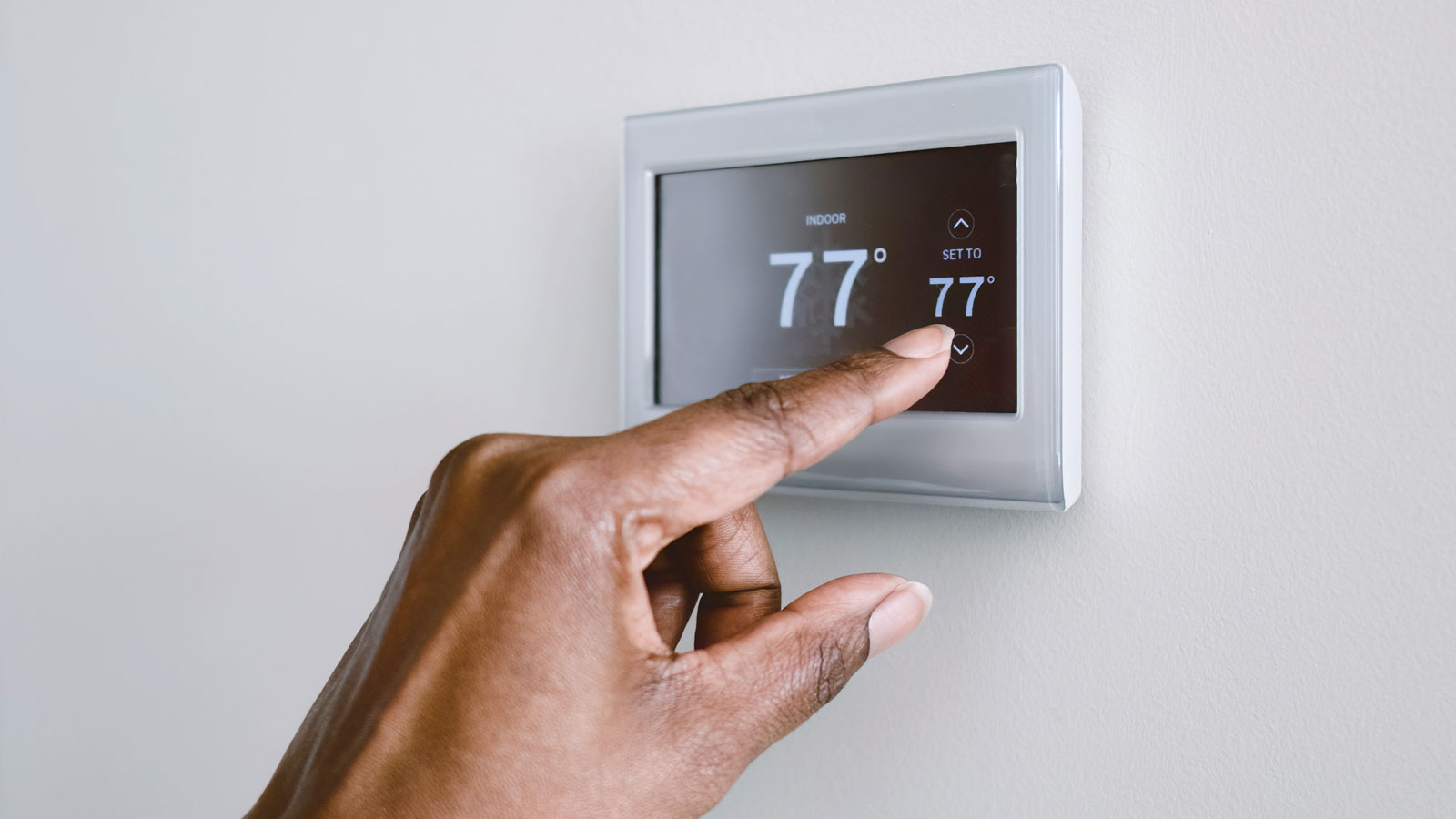Thinking of using a heat pump for a hot tub? Here’s everything you need to know
Discover if a heat pump for a hot tub is worth it, how much it costs, and what you need for installation
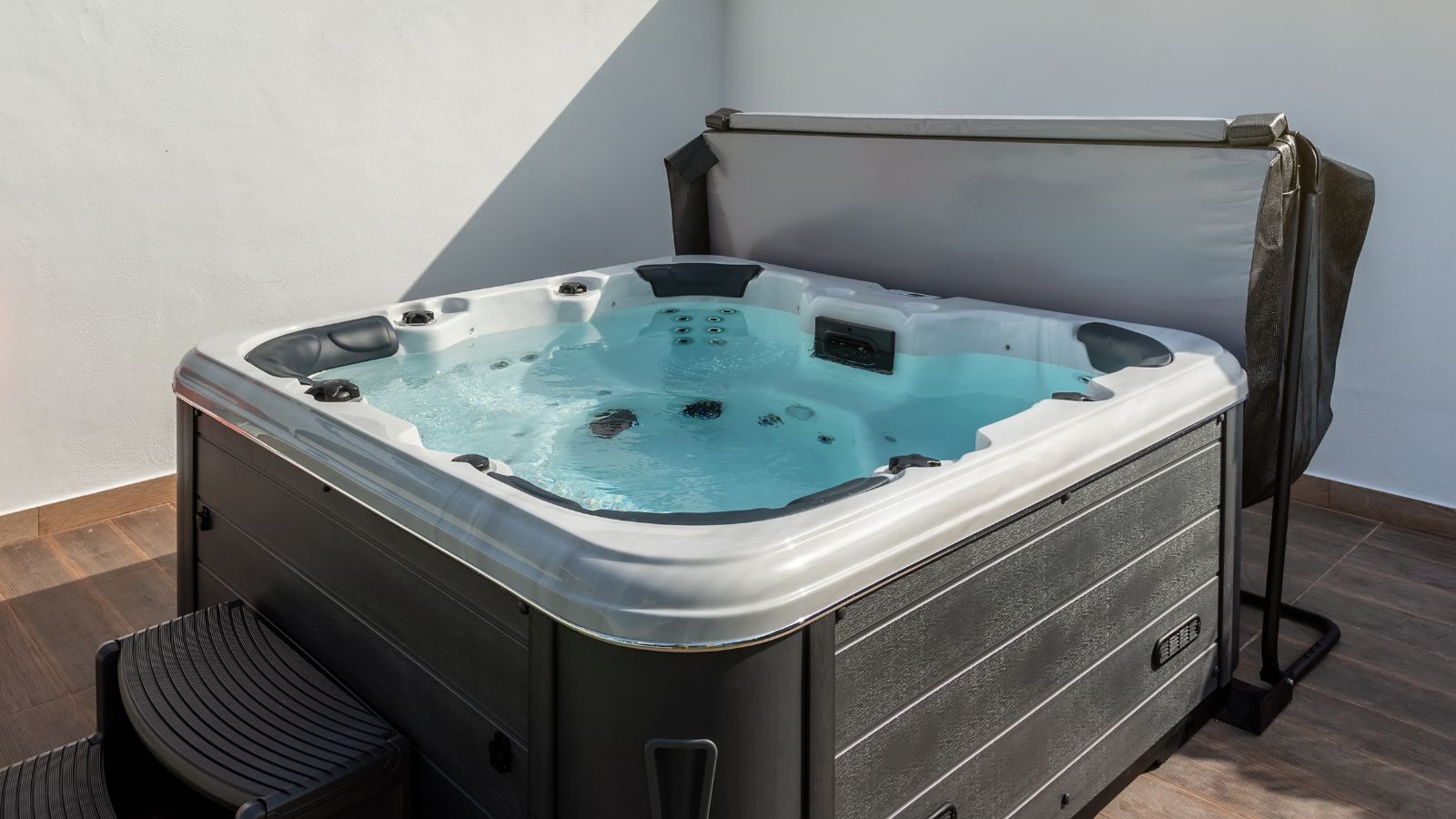
If you’ve ever winced at your hot tub’s running costs, you might be wondering whether there’s a smarter way to keep the water warm. One option that’s already popular for swimming pools, and is now gaining attention, is the air source heat pump. But can it really deliver on both comfort and savings?
The short answer is yes, and in the right set-up, an air-source heat pump can save you a substantial amount on energy bills while keeping your soak perfectly warm. By pulling heat from the surrounding air rather than generating it directly, these clever units are far more efficient than a standard electric heater. However, there’s more to it than simply plugging one in, and not every hot tub will be an ideal match.
In this guide, we’ll explore everything you need to know about using a heat pump for a hot tub, from costs, installation and speed of heating, to noise levels, positioning and compatibility. With expert advice from spa and HVAC specialists, you’ll learn exactly what’s involved, what pitfalls to avoid, and how to tell if this upgrade is the right fit for your home.
Using a heat pump for a hot tub: everything to know
For regular hot tub users, a heat pump can be a sensible way to reduce running costs while keeping water comfortably warm year-round. Because they transfer heat from the surrounding air rather than generating it directly, they can use significantly less electricity than a standard electric heater.
John Uhle, product expert at Discount Salt Pool, explains: "If you use your hot tub often and live where the temperature in winter is generally above 4°C, a heat pump can cut heating costs by 40–60% while keeping water temperature more stable. In colder climates, the best solution is pairing it with your existing heater so the heat pump handles most of the work and the built-in heater kicks in only on the coldest days."

John Uhle is a founding partner and product expert at Discount Salt Pool. John has personally worked with tens of thousands of pool owners over the last decade to achieve a low-maintenance, low-expense swimming pool. John has hands-on experience with a wide range of types of swimming pool equipment, and he loves sharing his knowledge with pool owners all over the country.
How quickly do heat pumps heat a hot tub?
A heat pump will usually take longer to heat a hot tub from cold than a standard electric heater, but once the water’s up to temperature, it’s far more efficient at maintaining it. In typical UK conditions, you can expect an air source heat pump to raise the water temperature by around 1-2°C per hour, although this depends on the unit’s capacity, the tub’s size, and the weather.
As Alex Atkinson, plumbing and HVAC expert at Super Brothers explains, this slower performance is the trade-off for efficiency, with some units taking several hours to bring a tub up to temperature from cold. This means heat pumps work best when the water is kept warm between uses, allowing them to top up the heat gradually rather than working hard to reheat from scratch.
Bring your dream home to life with expert advice, how to guides and design inspiration. Sign up for our newsletter and get two free tickets to a Homebuilding & Renovating Show near you.
If you only use your hot tub occasionally and tend to let it cool completely, it’s worth considering whether this slower start-up suits your lifestyle or whether a combination of heat pump and built-in heater would give you more flexibility.
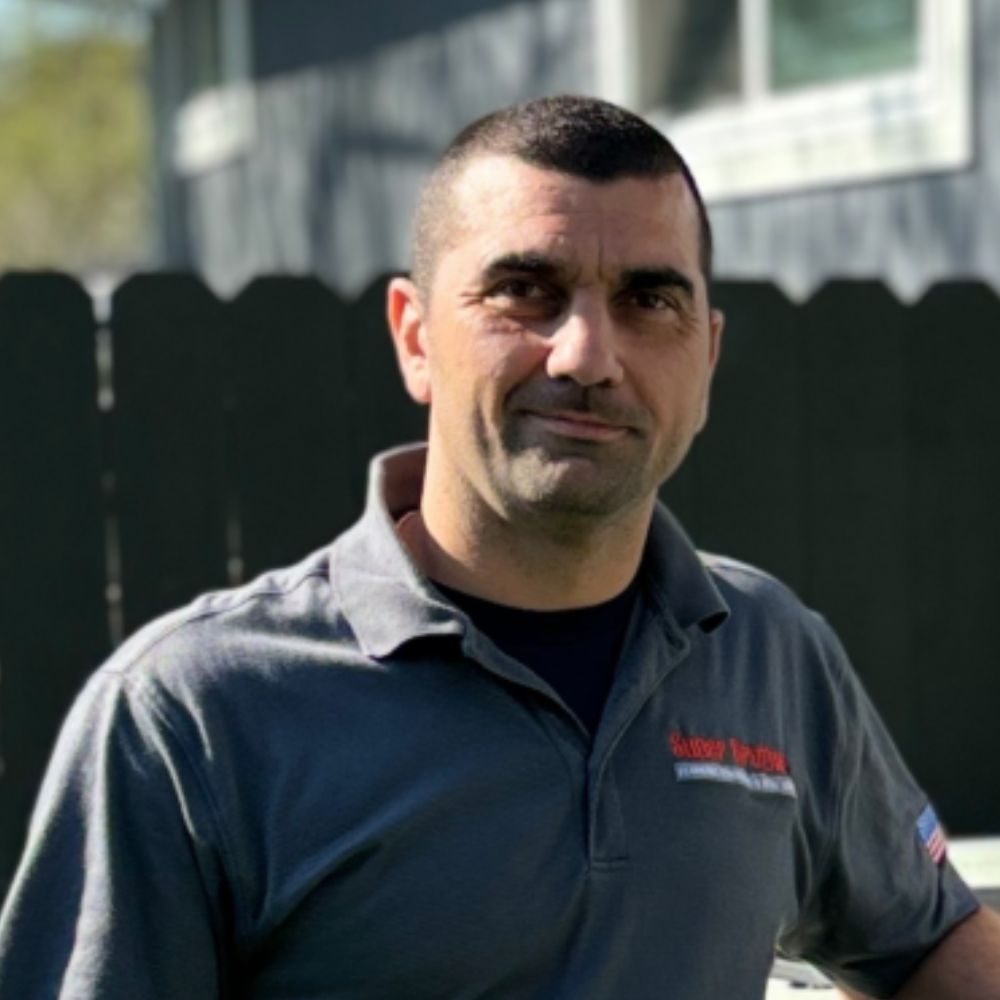
Alex Atkinson is a plumbing and HVAC expert at Super Brothers, where he specialises in heating and cooling solutions for homes and outdoor living spaces. With extensive hands-on experience in installing and maintaining systems from heat pumps to hot tubs, Alex offers practical, straight-talking advice to help homeowners choose the most efficient, reliable options for their needs.
How much noise do air source heat pumps make?
While most modern heat pumps are designed to run quietly, they are not completely silent. In general, you can expect a gentle humming sound when the unit is operating, similar to a domestic air conditioning system. Noise levels vary between models, but many fall in the 40–60 decibel range, which is about the volume of a normal conversation.
According to Alex Atkinson, one of the biggest factors affecting perceived noise is not the pump itself but where you put it. Placing it in a cramped corner or close to a wall can cause the sound to bounce back and seem louder, whereas giving it breathing space with open air around it can help minimise disturbance.
If you are concerned about noise, look for a model with inverter technology, which can run at lower speeds when less heating is required. Positioning the unit away from seating areas and using strategic screening without blocking airflow will also help keep the noise down when you're enjoying a dip.
Where should a hot tub heat pump be positioned?
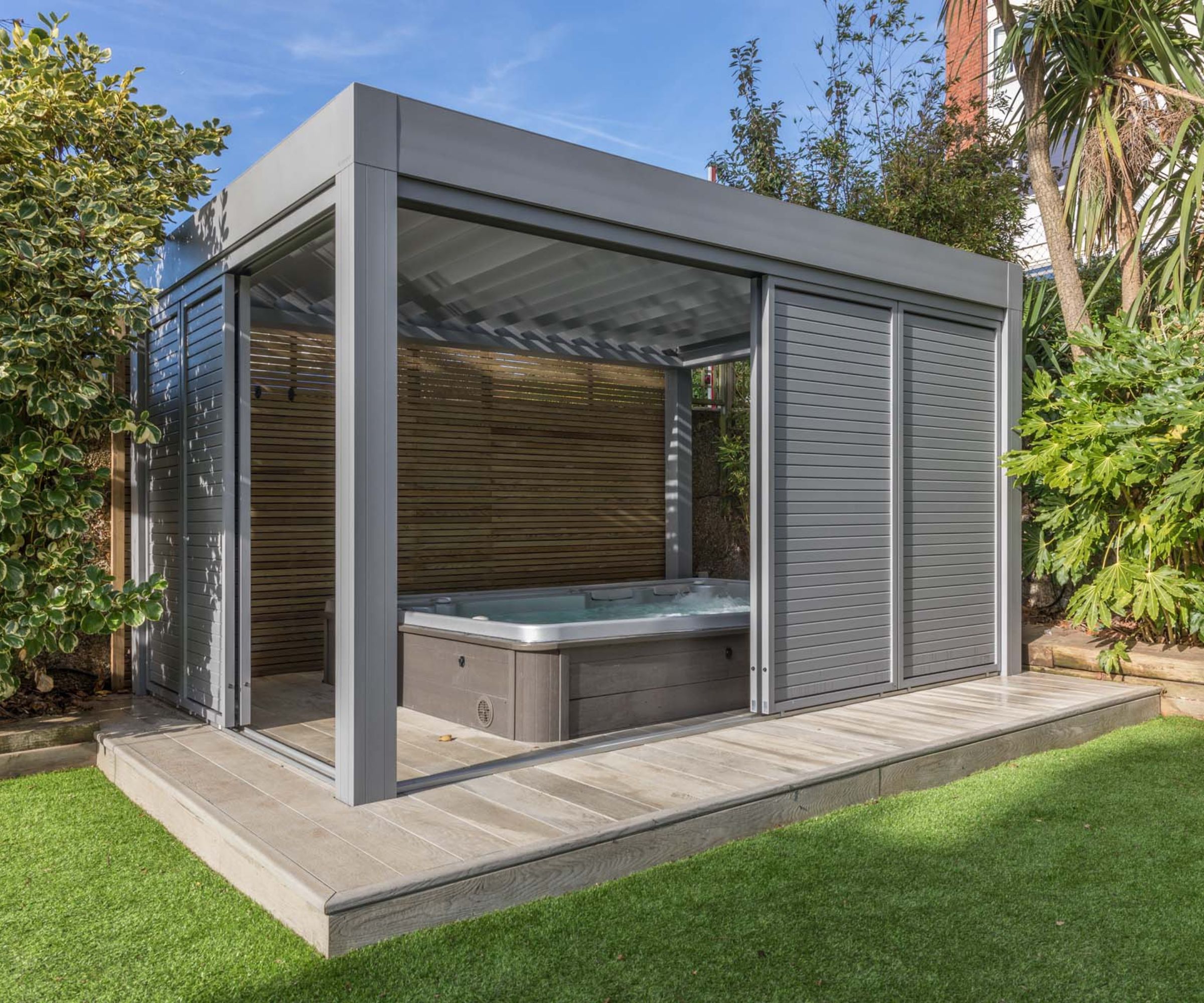
Where you place a heat pump can make all the difference to how well it works and how long it lasts. These units need to pull in a steady flow of fresh air to operate efficiently, so they should never be tucked into a tight corner or hidden under a low deck. Aim for at least 60–90cm of space around all sides, with open air above, so it can “breathe” freely.
John Uhle says poor placement is one of the biggest heat pump mistakes he sees time and again. Squeezing a pump into an enclosed spot, he explains, can starve it of airflow, forcing it to work harder, use more energy and wear out sooner. Weather protection matters too. If rainwater, gutter runoff or snow can reach the unit, it may lead to corrosion or damage to the electrics. Heat pumps also create condensation, so a clear drainage route is essential to avoid puddles in summer or icy patches in winter.
How much does a hot tub heat pump cost?
A quality air source heat pump for a hot tub will cost between £1,500 and £3,500, with the price varying according to the brand, size, and whether it uses inverter technology for quieter operation. On top of that, you’ll need to factor in professional installation, which can add another £300 to £800 depending on how much plumbing or electrical work is required.
Danny Niemela, professional contractor and CFO at ArDan Construction, advises budgeting for more than just the heat pump itself: “Plan for a flow switch, bypass valve, pressure-rated PVC, a proper union and a controller so the heat pump can ‘talk’ to the spa. Materials alone can run £1,200–£1,600, not including labour."
While it is a significant upfront investment, the potential energy savings can quickly narrow the gap. As Alex Atkinson points out, "heat pumps can consume 60 to 70% less electricity than a standard electric resistance heater, because they transfer heat from the air instead of producing it directly". For hot tub owners who use their spa regularly and keep it heated year-round, those savings can translate into hundreds of pounds off annual running costs. Depending on your usage patterns and energy tariff, many owners find the pump pays for itself within two to four years.
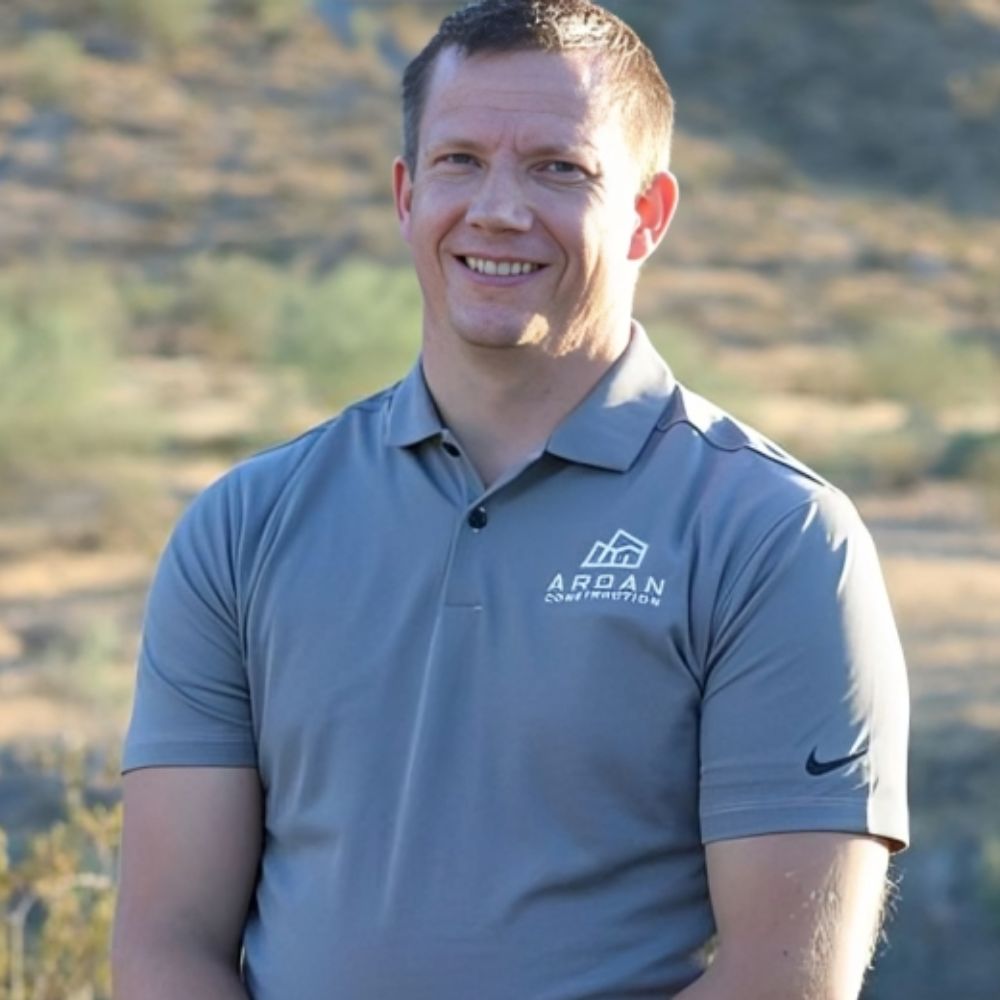
Danny Niemela is the co-owner of ArDan Construction, a luxury home remodeling company. ArDan Construction specialises in high-end renovations, including kitchen remodels and whole-home transformations.
What does a hot tub need to be compatible with a heat pump?
Not every hot tub is ready to work with a heat pump straight out of the box. As Danny Niemela explains: “Portable plug-and-play hot tubs with weak circulation systems cannot handle the added plumbing and flow demands. A dedicated circulation pump, 1.5-inch plumbing and an accessible equipment bay make integration much smoother. Older tubs, especially pre-2000, can require a full retrofit and may not be worth the cost.”
For newer models, the process can be far simpler. “It might just mean cutting into the plumbing to add a bypass line and running a dedicated electrical circuit,” says John Uhle. Another key factor is water flow. Alex Atkinson, plumbing and HVAC expert at Super Brothers, notes: “Most heat pumps need a minimum flow rate of 135–225 litres per minute to prevent coil damage. If the pump can’t manage that, it will need upgrading. They also require a 240-volt supply on their own circuit breaker.”
Expert disclaimer: Tying in third-party heating can potentially void your hot tub’s warranty, so always confirm with the manufacturer or supplier before making any modifications to your unit.
How do you know if a hot tub heat pump is worth it?
A heat pump can be a brilliant upgrade if you use your hot tub often enough and want to bring down running costs. They work best when the water is kept warm between uses, so they are ideal for those who enjoy a soak several times a week rather than letting the tub cool completely between sessions.
You’re most likely to benefit from a heat pump if:
- You use your hot tub regularly and keep it heated for long periods rather than reheating from cold each time.
- You have enough space for good airflow around the unit, ideally 60–90cm clearance on all sides and open air above.
- You’re willing to invest in modifications, such as plumbing changes, a bypass valve, or electrical upgrades.
- You want to cut running costs by up to 40–60%.
- You’re happy with a slower heat-up time, knowing the efficiency gains will show over regular use.
If you only hop in the hot tub occasionally, or your set-up makes installation tricky, sticking with a standard heater might be the better option for you.
FAQs
How long will a hot tub heat pump last?
With correct installation, regular use, and seasonal checks to keep airflow clear, most quality heat pumps last between 10 and 15 years. Poor placement or exposure to the elements can shorten their lifespan considerably.
Do heat pumps work in winter?
Yes, but efficiency will dip as the air temperature drops. In most parts of the UK, winter conditions still allow a heat pump to do the bulk of the heating, although pairing it with your existing heater can provide extra backup during particularly cold snaps.
Do you control the temperature from the spa panel or from the heat pump?
In most modern installations, the heat pump is connected so it works in sync with your hot tub’s existing control panel. This means you set and adjust the water temperature from the spa’s controls, just as you would with a standard heater. Some older or retrofitted systems may have a separate control on the heat pump itself, but a good installer can usually integrate the two.
If you’re renovating a house, it could be the perfect time to think about an air source heat pump. Not only can it help lower your energy bills, but it’s also a great step towards a greener home. Read our guides on how to tell if your home is suitable for a heat pump and how much it costs to install a heat pump, so you can find the option that fits both your property and your budget.

Gabriella is an interiors journalist and has a wealth of experience creating interiors and renovation content. She was Homebuilding & Renovating's former Assistant Editor as well as the former Head of Solved at sister brand Homes & Gardens, where she wrote and edited content addressing key renovation, DIY and interior questions.
She’s spent the past decade crafting copy for interiors publications, award-winning architects, and leading UK homeware brands. She also served as the Content Manager for the ethical homeware brand Nkuku.
Gabriella is a DIY enthusiast and a lover of all things interior design. She has a particular passion for historic buildings and listed properties, and she is currently in the process of renovating a Grade II-listed Victorian coach house in the West Country.

